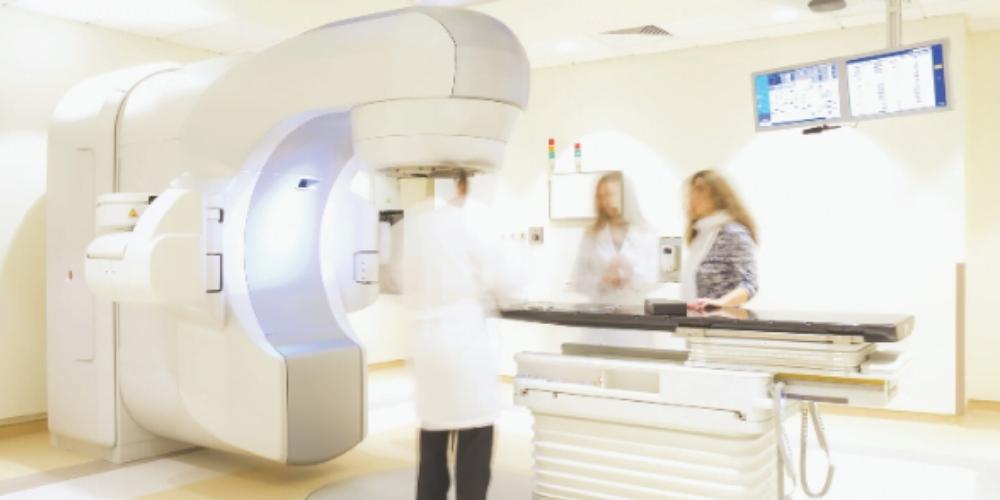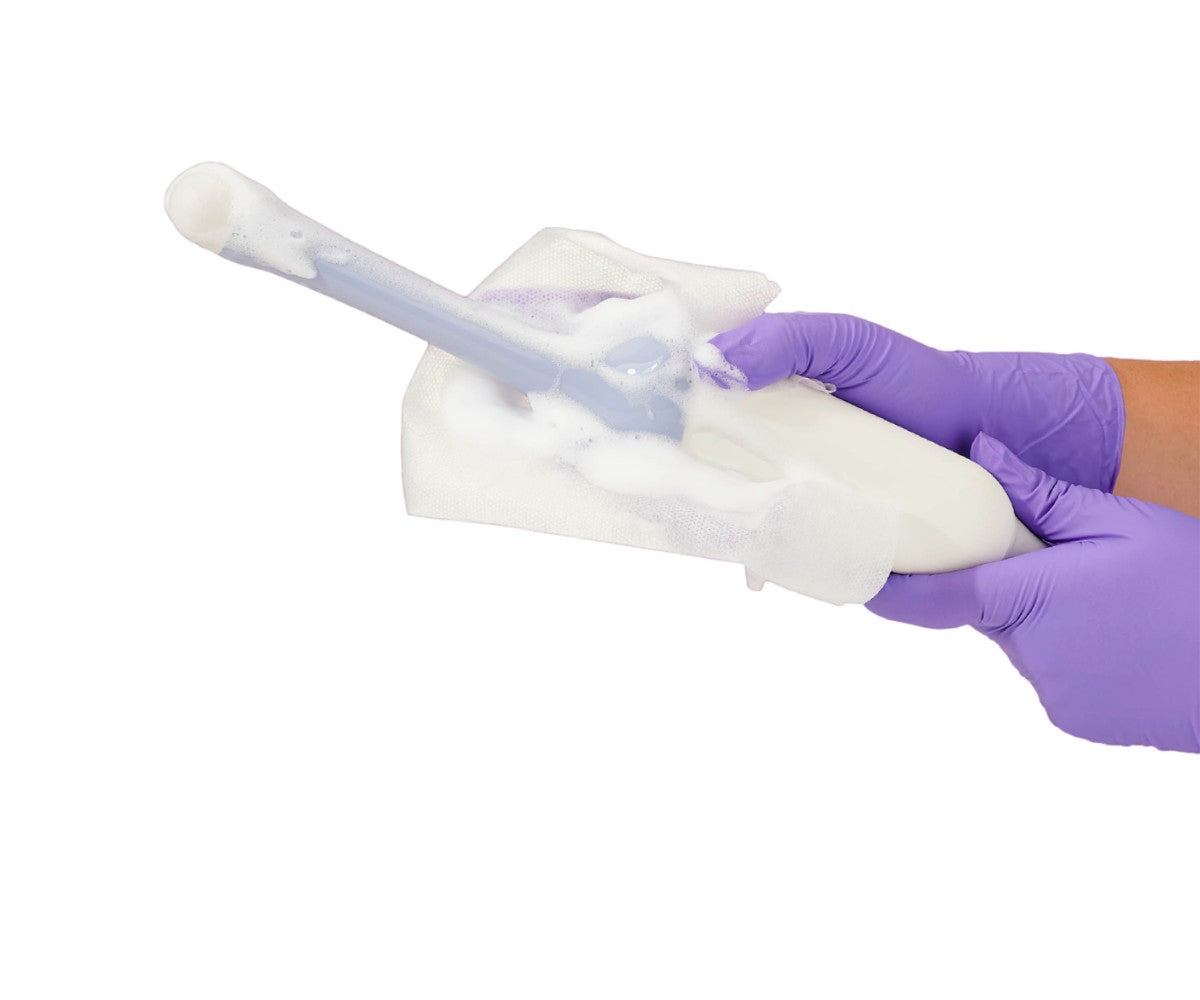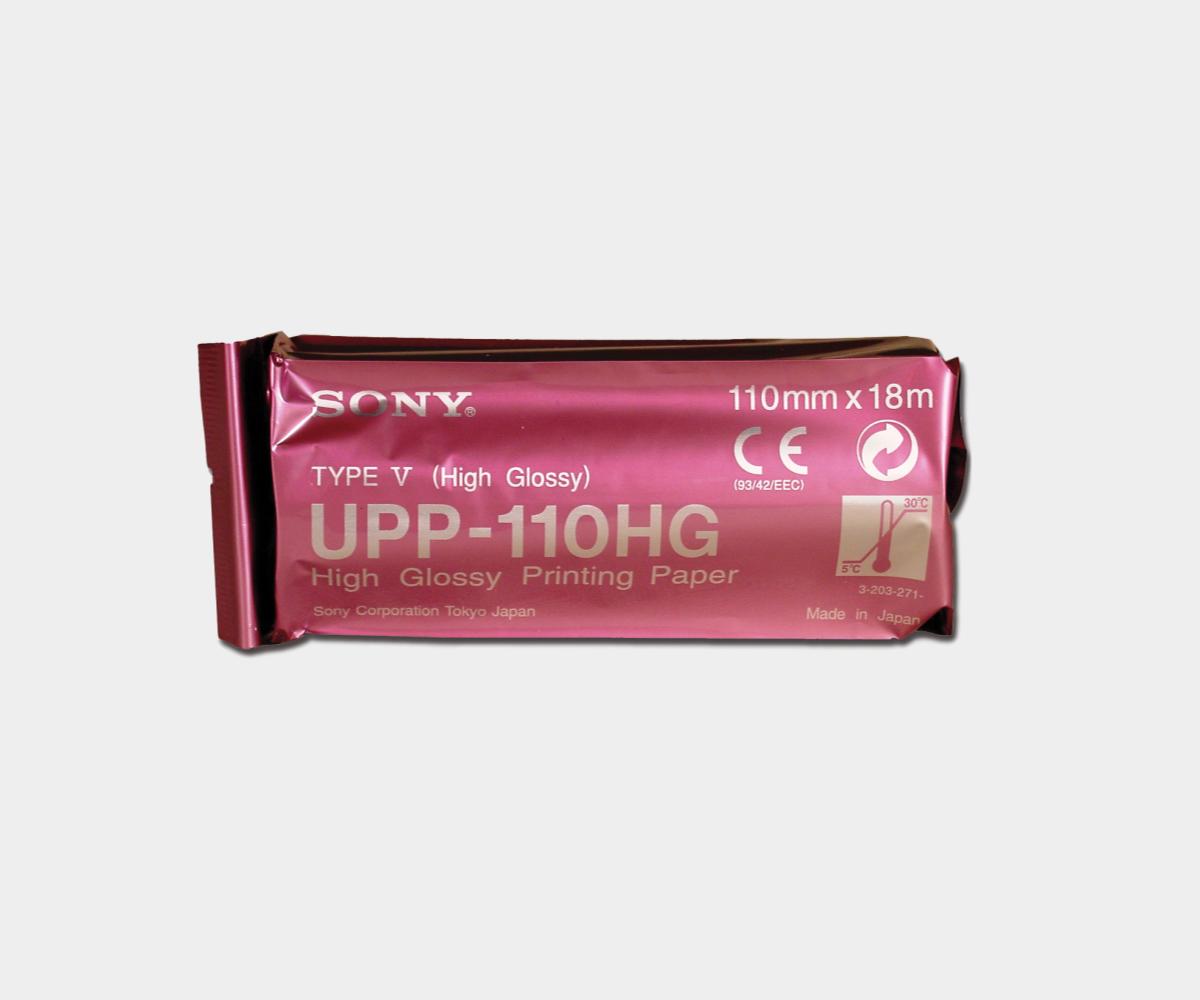As medical imaging modalities continue to be used to examine potential and confirmed COVID-19 cases, radiology practitioners find themselves on the frontlines. The use of ultrasound and CT to diagnose and monitor the progress of treatment signifies that medical imaging professionals risk being exposed to the respiratory virus due to their close contact with patients.
In an effort to combat the risk of transmission, the Radiological Society of North America (RSNA) recently released a set of best practices for radiology departments during COVID-19.
The guidelines range from the use of personal protective equipment (PPE) to the use of video conferencing tools within the department to reduce contact between individuals. The goal of the document according to the RNSA is “to protect health care workers (HCW) and the general public from exposure and dissemination of COVID-19, while maintaining critical radiology functions and preserving personal protective equipment (PPE) and other critical care resources during the COVID-19 pandemic.”
Radiology departments across the world have been burdened, along with the hospitals that house them, with the number of COVID-19 cases. The newness of the virus has also left physicians to develop best practices themselves, such as a physician in Italy who found ultrasound to be effective at diagnosing the disease and monitoring the progress of infected patients.
The spread of COVID-19 has resulted in the issuing of a variety of guidelines aimed at protecting medical imaging practitioners and equipment. For example, a research team from the University of Greifswald and Ruhr University Bochum released a study in March with recommendations for the disinfection of medical imaging equipment. The risk of surface transmission remains high for COVID-19; therefore, radiology departments should make every effort to properly disinfect equipment with hospital-grade products. The American Institute of Ultrasound in Medicine (AIUM) recently stressed the importance of collaboration amongst medical imaging professionals and other healthcare stakeholders in a statement, “The AIUM strongly encourages cooperation among employers, sonographers, and manufacturers to promote a safe work environment.”
The RSNA guidelines for radiology departments provide a comprehensive list of recommendations to keep radiologists and their patients safe from COVID-19.
In the document, the organization began by urging radiology departments to postpone “nonurgent outpatient imaging.” This includes radiology examinations such as mammography, lung cancer screening, and CT colonoscopy. Those examinations which are considered critical and necessary for treatment decision making should be performed within the needed time frame.

The RSNA also stressed the importance of PPE for radiology staff. In facilities experiencing PPE shortages, conservation of resources should be prioritized. They also recommended providing imaging staff with guidelines for the use of PPE, such as easy-to-read charts.
For post-imaging room cleaning, the RSNA divides its recommendations into three areas: air exchange, droplet/contact precautions, and airborne/contact precautions. Radiology departments are encouraged to consider the air exchange rate when dealing with confirmed or suspected COVID-19 cases. Imaging staff should wipe down all equipment with EPA-approved disinfectants, such as the Parker Protex line which is approved for use against COVID-19, for both droplet and airborne precautions. For increased airborne precaution, a HEPA filter may also be used if possible, except in MRI suites.
The guidelines recommend that medical staff first turn to reverse-transcription-polymerase chain-reaction (RT-PCR) to screen patients for COVID-19. If RT-PCR is available, then the RSNA does not recommend using chest imaging for screening or for follow-up.
In addition, radiology departments should implement social distancing protocols throughout the area, including congregation areas, break rooms, and scanner unit console areas. Moreover, departments should consider reconfiguring seating in areas such as these to maintain social distancing. They can also reduce staff and implement staggered breaks to limit the amount of individuals present at any given time. Radiology departments are encouraged to educate imaging staff on the importance of social distancing.
In like manner, meetings should be kept small in size. When possible, the RSNA recommends radiologists opt to meet virtually rather than physically. Communication on the evolving situation should be frequent and include daily updates for the department as a whole and within sections/teams.
Overall, the RSNA guidelines provide an in-depth look into the measures radiology department and medical imaging professionals should take to ensure the safety of patients and staff.
The World Health Organization has reported that effective infection prevention and control measures result in at least a 30% reduction in healthcare-associated infections. Therefore, radiology departments should partner with their local infection control office to coordinate an effective strategy at reducing the risk of transmission.
Read the full RSNA guidelines here.






